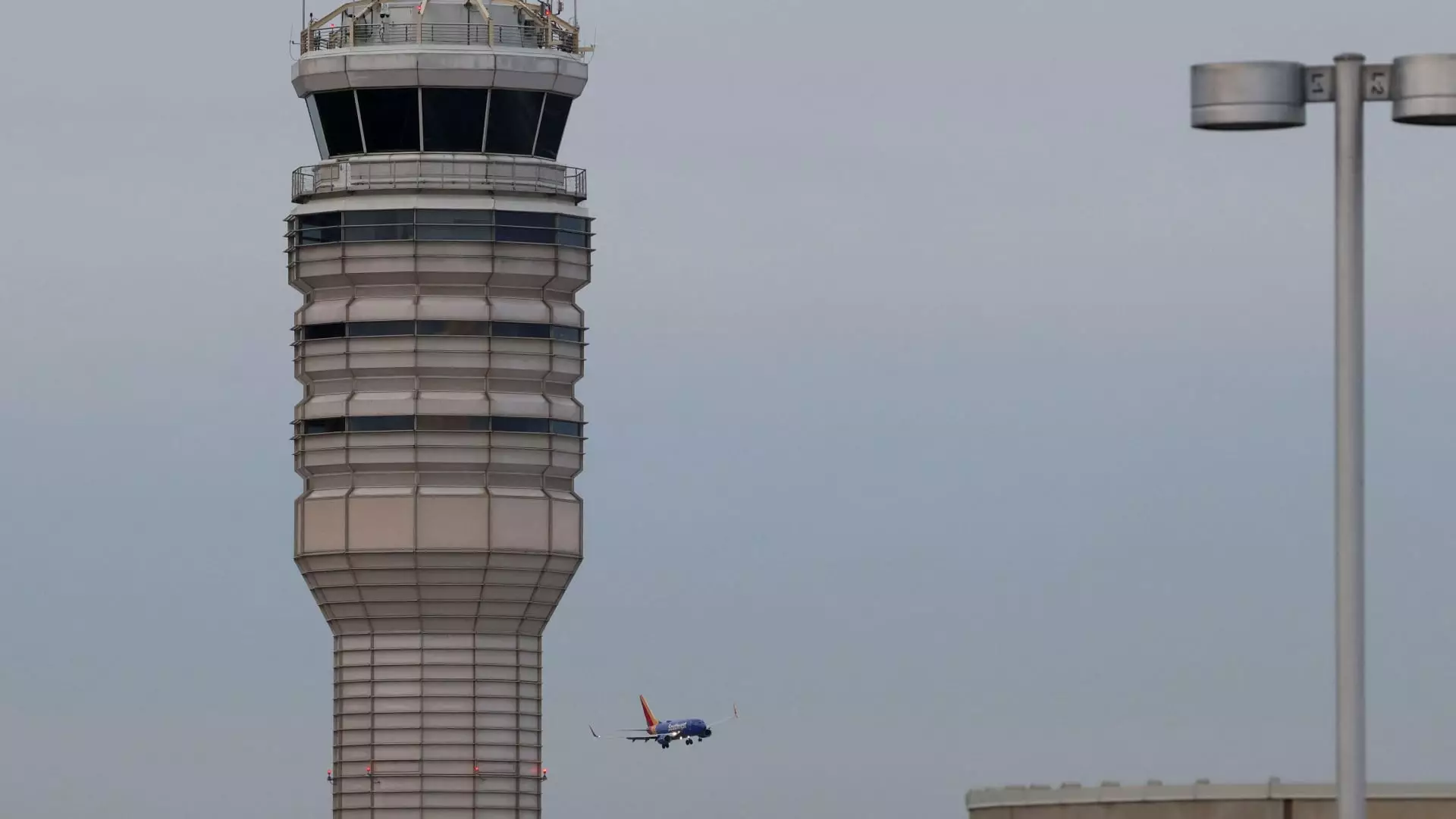In light of the recent catastrophic incident involving a military helicopter and a commercial airline, the Federal Aviation Administration (FAA) has taken immediate steps to bolster safety protocols around Ronald Reagan Washington National Airport. Secretary of Transportation Sean Duffy announced these crucial restrictions, underscoring that they are necessary to safeguard both passenger aircraft and helicopters operating in this densely trafficked airspace. The changes come on the heels of the deadly collision that claimed the lives of all 67 individuals on board both aircraft, marking a distressing moment in U.S. aviation history.
The designated restricted airspace encompasses critical areas around the airport, including Memorial Bridge to South Capitol Street Bridge, as well as Haines Point to the Wilson Bridge. Notably, the Tidal Basin area is excluded from these constraints. These new airspace regulations are a proactive measure aimed at preventing further accidents and restoring public faith in the aviation system.
The Prelude to Disaster
The tragic event that spurred this regulatory response occurred when American Eagle Flight 5342 was on its final approach to Ronald Reagan National Airport. Just moments away from landing, the aircraft collided with a Black Hawk helicopter, which was reported to be operating within the defined zone for helicopters in Washington. The complexity of air traffic management in this area has long been a topic of concern for aviation experts, especially considering that the capital is a hub for both military and civilian flights.
Transportation officials have indicated that helicopters operate within strict tracks to maintain safety and efficiency. NTSB member Todd Inman highlighted the importance of following established procedures, noting that the helicopter was transitioning between operational zones when the collision occurred. Such technical maneuvers are commonplace in densely packed urban airspaces, but the gravity of the situation begs the question: Where did the protocols fail?
Investigations and Accountability
As investigations proceed, authorities are meticulously examining factors such as altitude, aircraft staffing, and communication effectiveness among air traffic controllers. Notably, both American Airlines and the military are keenly interested in understanding the circumstances that led to this unprecedented situation. American Airlines CEO Robert Isom publicly commended the federal response to impose the new restrictions, recognizing that the safety of all air traffic must take precedence over operational conveniences.
The Federal Aviation Administration’s response draws attention to a pressing need not only for immediate tactical adjustments but also for a comprehensive review of air traffic management protocols. It highlights the delicate interplay between maintaining operational efficiency and ensuring the utmost safety of both military and civilian aircraft in shared airspace.
This tragedy serves as a sobering reminder of the complexities inherent in modern aviation and the importance of vigilance in airspace management. As the investigation unfolds and new regulations are enforced, the hope is that the aviation industry can strike a more effective balance between enabling timely arrivals and safeguarding lives. The American public must be reassured that their safety is the top priority in the wake of this incident, paving the way for renewed confidence in both military and commercial aviation operations.

